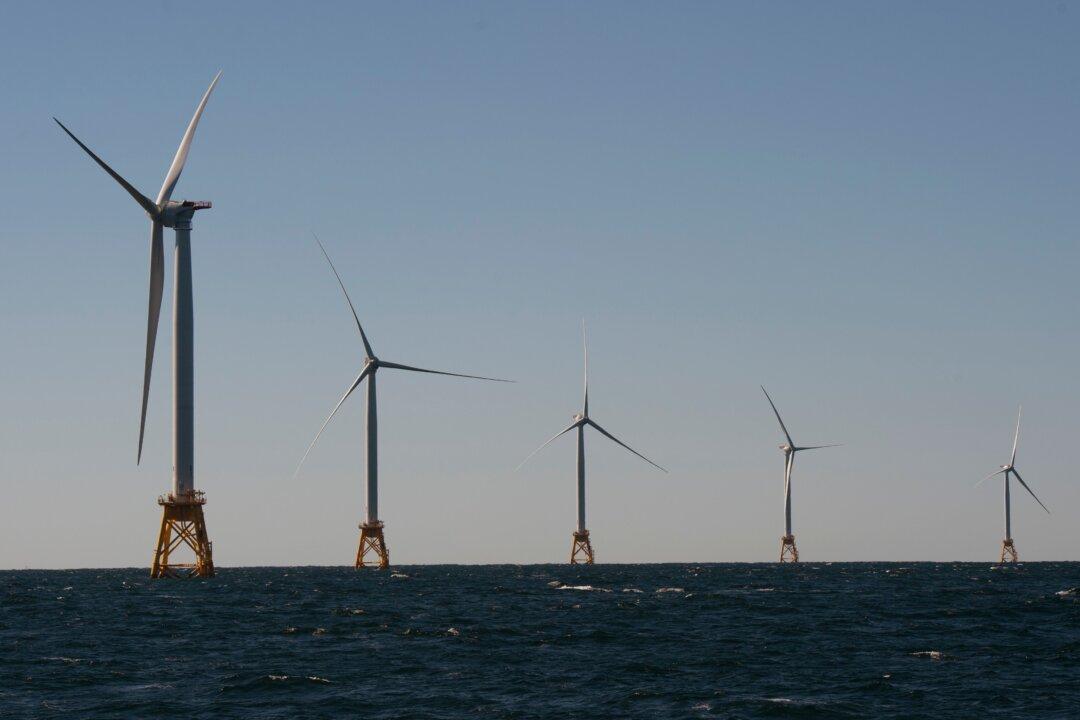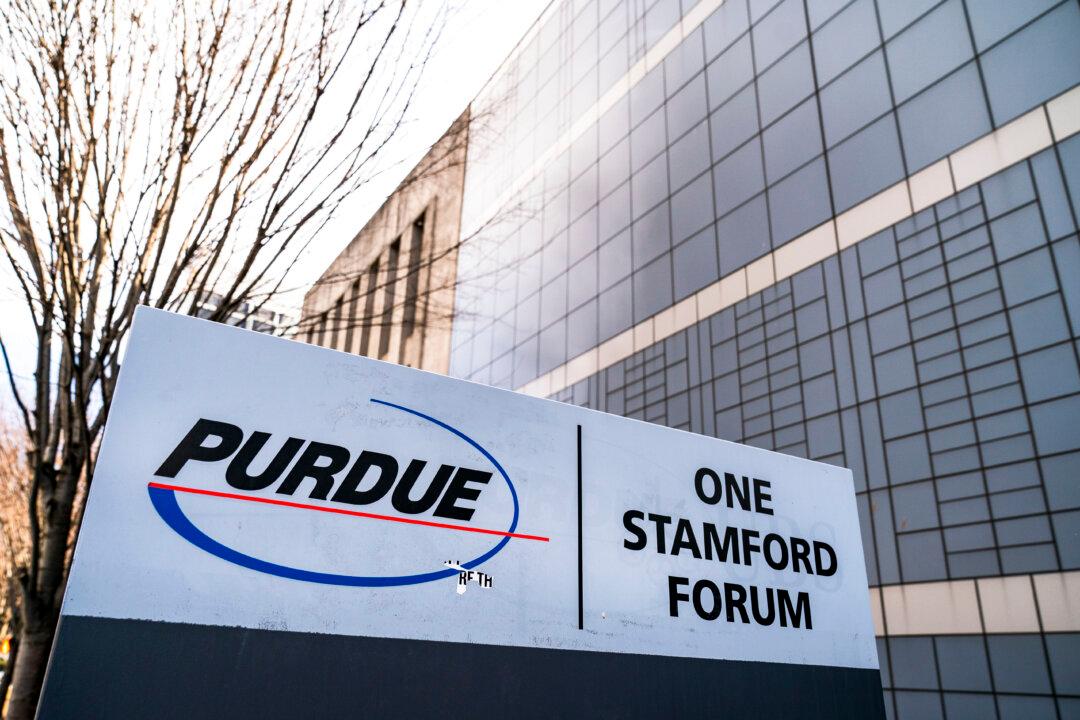A New Jersey offshore wind energy project has stalled due to a lack of blade manufacturers for its turbines.
In January, the New Jersey Board of Public Utilities (BPU) awarded a 2,400-megawatt contract to Leading Light Wind, a project developed by two wind energy companies: lead developer Invenergy, based in Chicago, and co-developer energyRe, based in New York.





